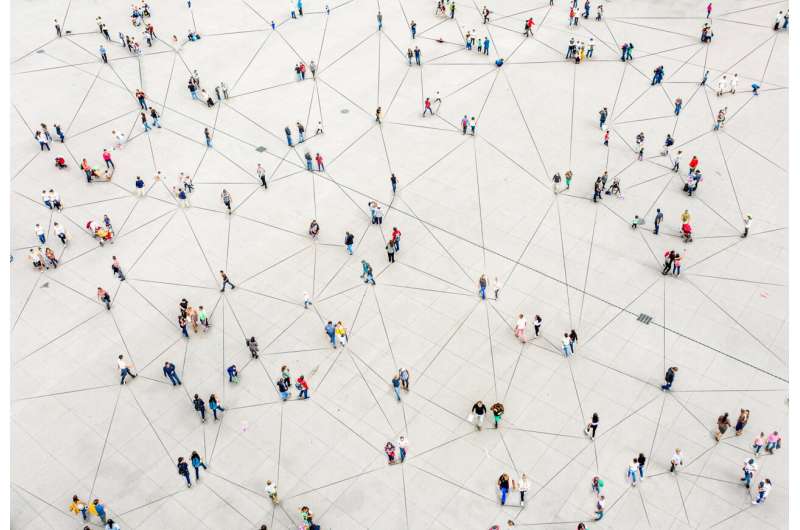Going viral? Study examines the probability of social media posts hitting it big

New research from Florida Institute of Technology can determine if a picture or video will go viral on social media.
Social media outlets such as Facebook, Twitter, Instagram and TikTok have quickly become a vital and integral—and sometimes troublesome—part of modern society. They are where we share our creations with the world, express our views and sentiments, and stay connected to the people who matter to us.
They have also become an effective communications platform for celebrities, businesses, organizations, even governments. Of particular importance to these parties is generating wide-spread awareness among online users. So predicting whether a given post or tweet is going to go viral—that is, be shared among a significant number of users—is key for both smart marketing decisions and effective mitigation of misinformation/disinformation.
This summer, Xi Zhang and Akshay Aravamudan, computer engineering and sciences doctoral students, along with computer engineering and sciences associate professor Georgios Anagnostopoulos, presented their work, "Anytime Information Cascade Popularity Prediction via Self-Exciting Processes," on early online content popularity prediction at the 39th International Conference on Machine Learning (ICML), a premier machine learning research gathering held this year in Baltimore.
Florida Tech's new popularity prediction scheme is based on Hawkes point processes, the mathematical principles which model the timing of content sharing, such as reposts and retweets, as randomly occurring times. The scheme's processes are capable of capturing the self-exciting nature of viral content, meaning the scheme can model the "rich-are-getting-richer" phenomenon of viral content (e.g., memes, etc.), where popular content becomes even more popular, at least for a period of time.
This is because, by users sharing it a lot online, many other users become aware of it and re-share it themselves. This explains the often-observed Matthew effect of accumulated advantage—colloquially known as "the rich get richer" effect—in social media: within a period of time, a popular post becomes even more popular.
Zhang's work provides a straightforward way of computing the average number of future reshares based on how the content has fared so far in terms of popularity. More plainly, Zhang's work allows to predict how the resharing of online content will evolve over time. "Content popularity prediction is a challenging task," said Zhang, "especially if attempted early on, when the content has only been recently posted and hasn't gained enough initial awareness."
The team formulated a prediction scheme that is more accurate and less computationally intensive than current state-of-the-art approaches.
"It is important to be able to quickly gauge a tweet's popularity potential, when some tweets may go viral within two or three hours," Zhang added.
Another advantage of the new approach is its interpretability. "We can produce useful predictions, but we can also explain exactly why our model forecasts the way it does," Aravamudan said. "Being able to do so shines new light on the mechanisms underlying the spread of popular content online."
More information: Conference publication: proceedings.mlr.press/v162/zhang22a.html

















